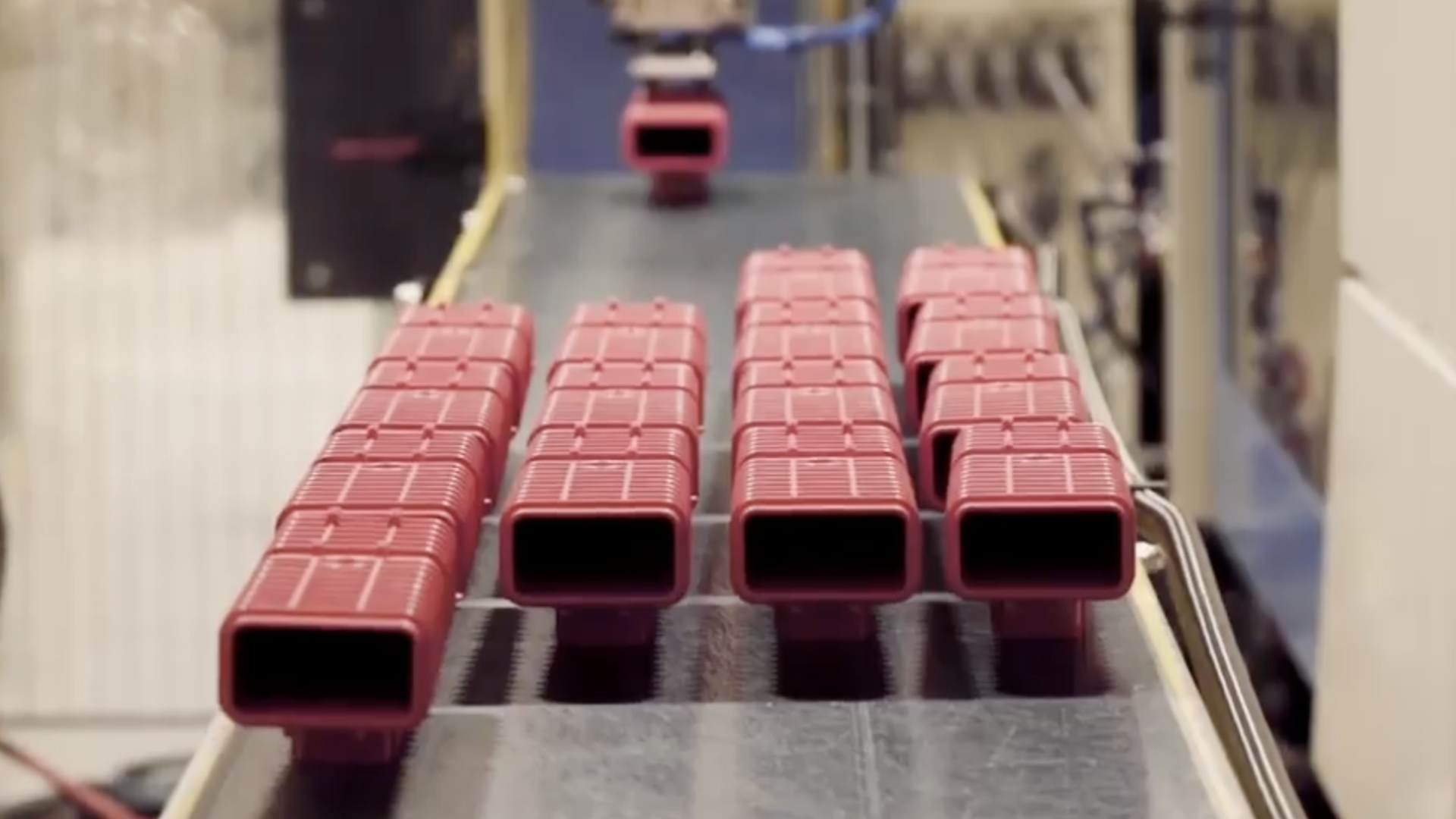
Invisible connections in recycled plastic
Plasto produces a total of seven components in recycled plastic for Invisible Connections (IC) at Åndalsnes.
Same strength – more sustainable
– Plasto has been a very good partner for us and our collaboration goes back a long way, says Terje Berg, Technical Manager at IC.
– We often have ideas about how we want to solve problems. Together with Plasto and their very competent team we come up with a good solution.
All components that Plasto produces for IC are parts for stair connections, which replace steel that was previously used.
– It is cheaper to produce this in plastic. And it can be more sustainable when it is produced from recycled materials. We have no doubt that it is the right choice, both for us and for the environment.
Research-based innovation
Plasto has thoroughly researched plastics that have been used both in the sea and elsewhere, and found methods to recreate the strong properties of recycled material.
Since 2014, we have worked through several research projects to map technological and commercial barriers to the use of recycled plastic in products with requirements for high performance and service life.
– We have analyzed how the properties of the plastic are affected by the use phase, recycling and casting process for new life, as well as what environmental footprint the recycled material has compared with new goods. The knowledge gives us a good overview of how mechanical and process-related properties are affected, and can take this into account in our product and process development, says project manager Runar Stenerud in Plasto.
Same strength
– Tests on stair connections in recycled plastic, show that they work just as well as parts that are made of virgin plastic, says Berg at IC.
IC has put a lot of work into going through all the products in the stair family to see how they can reduce the concrete thickness of the landings, and thus also reduce the CO2 footprint of those who use IC’s stair connections.
– For example, we have found that we can reduce 20 percent in concrete thickness and maintain the same capacity. This means that our customers can use less concrete than before and thus reduce the CO2 footprint, which is quite significant when using cement. Getting a more sustainable production is a key focus, says Berg.